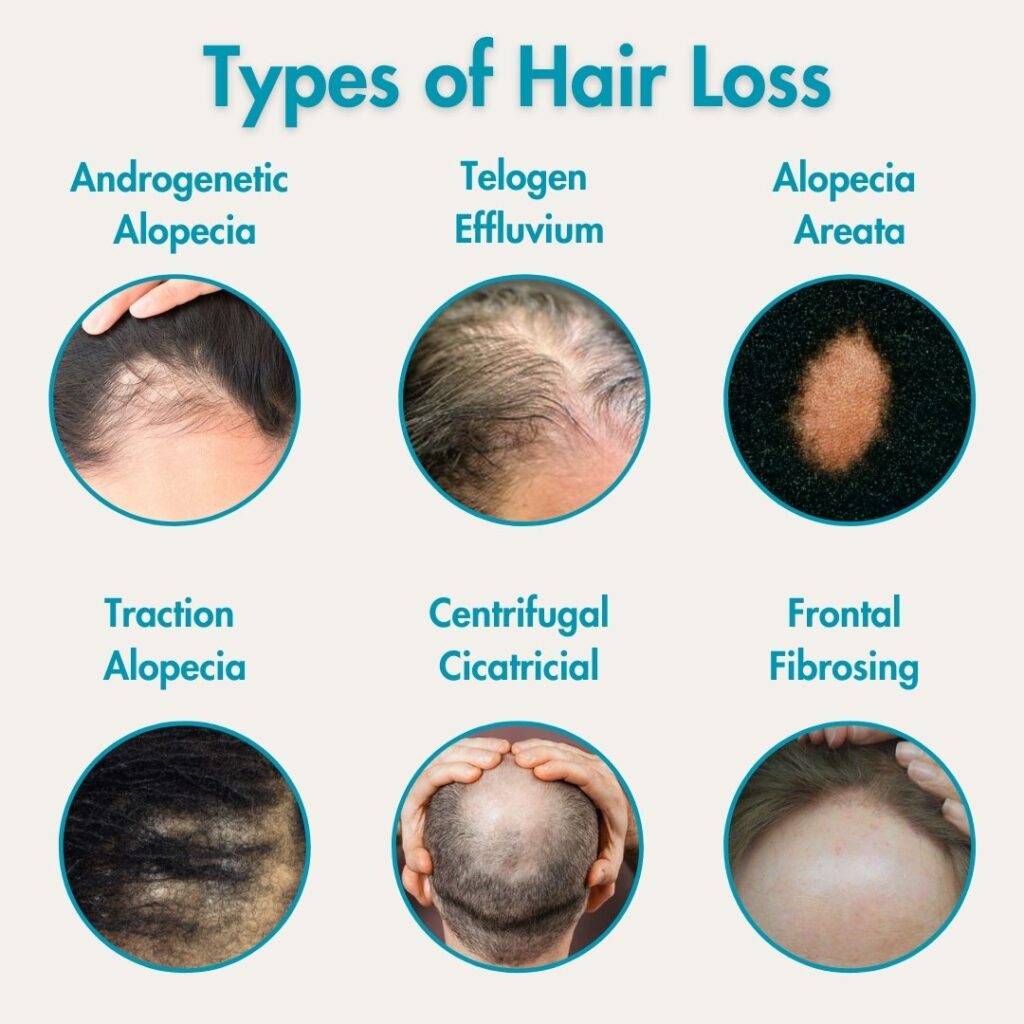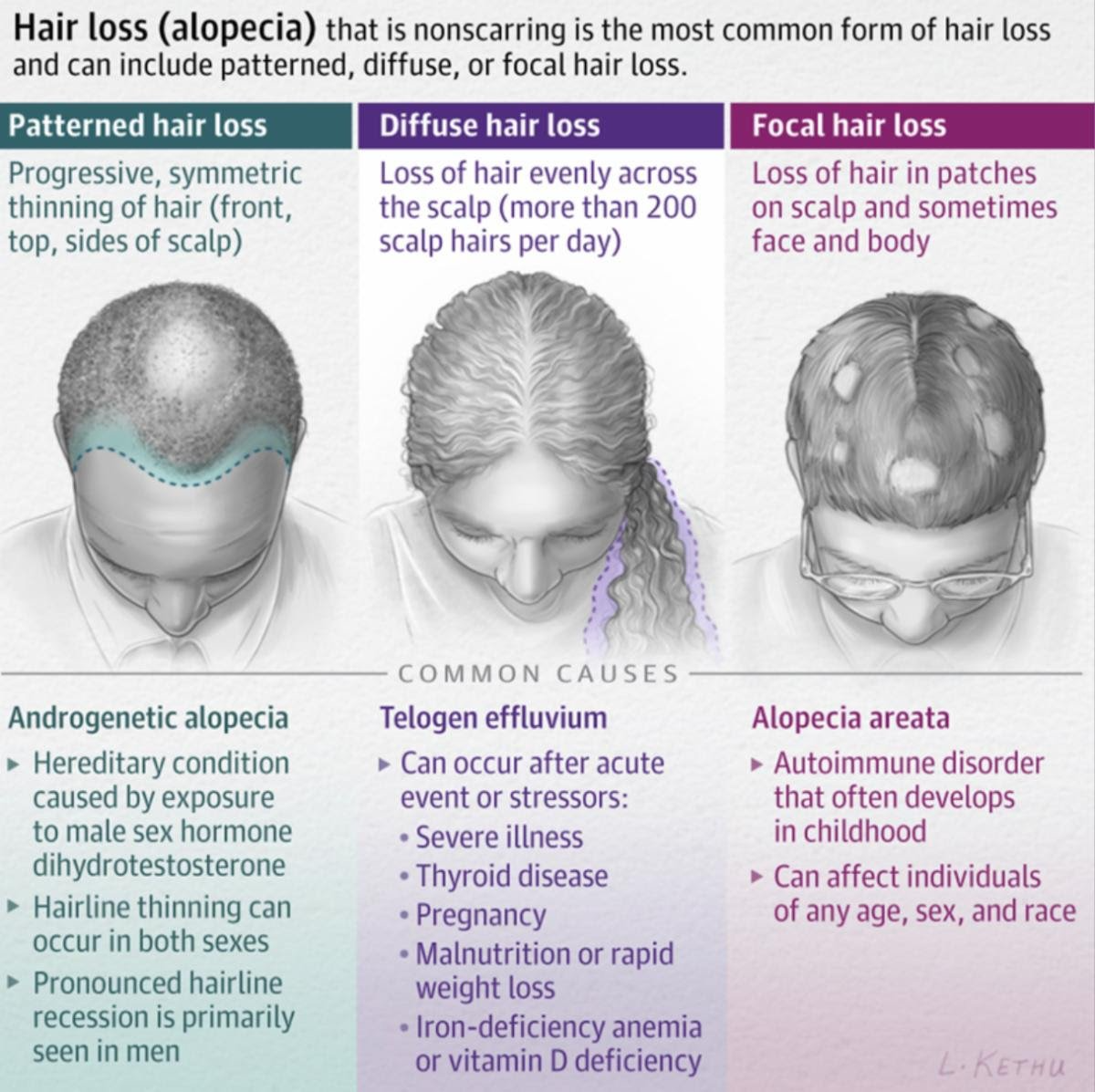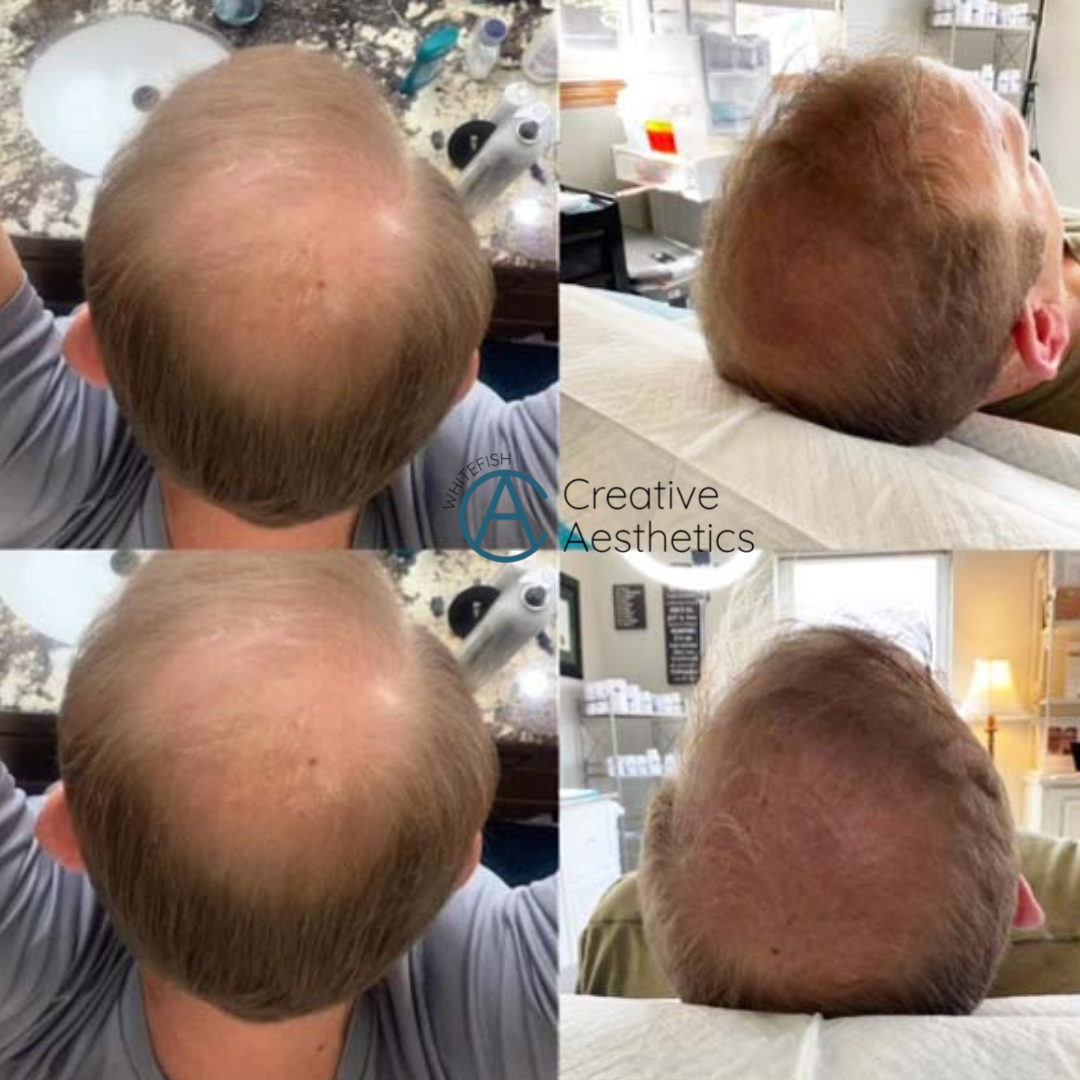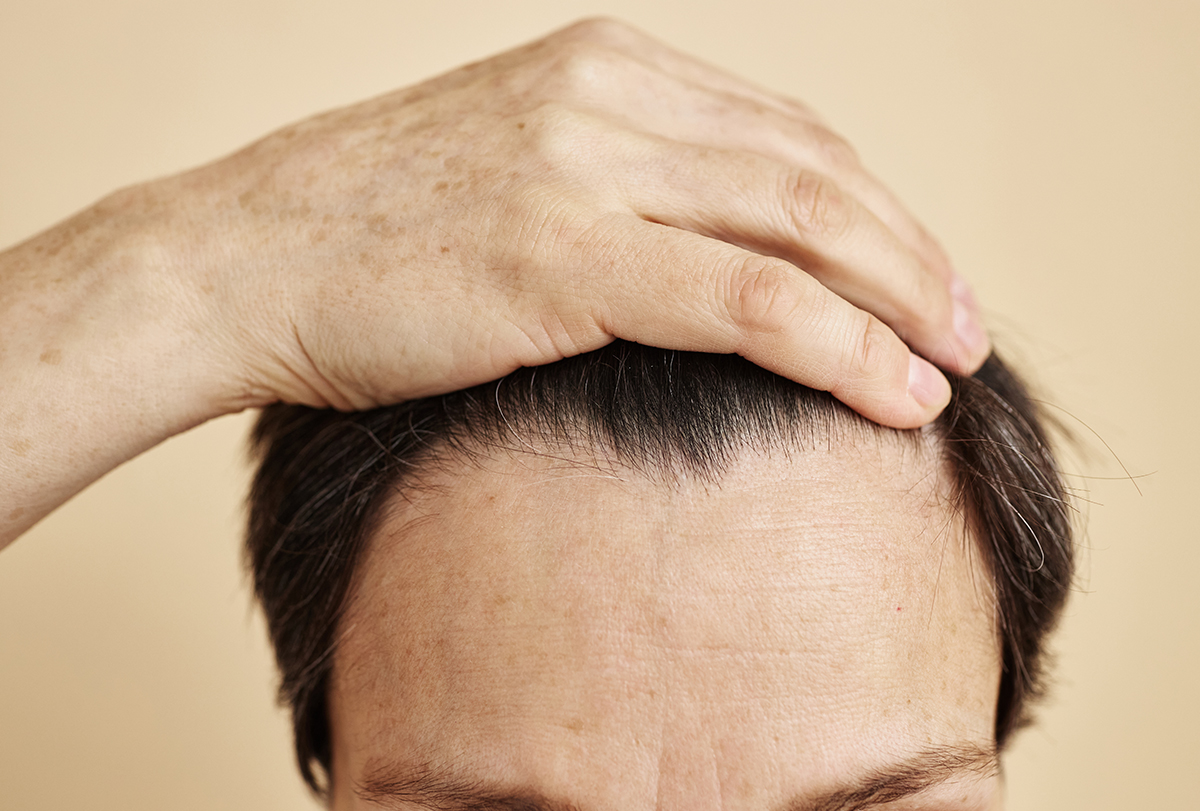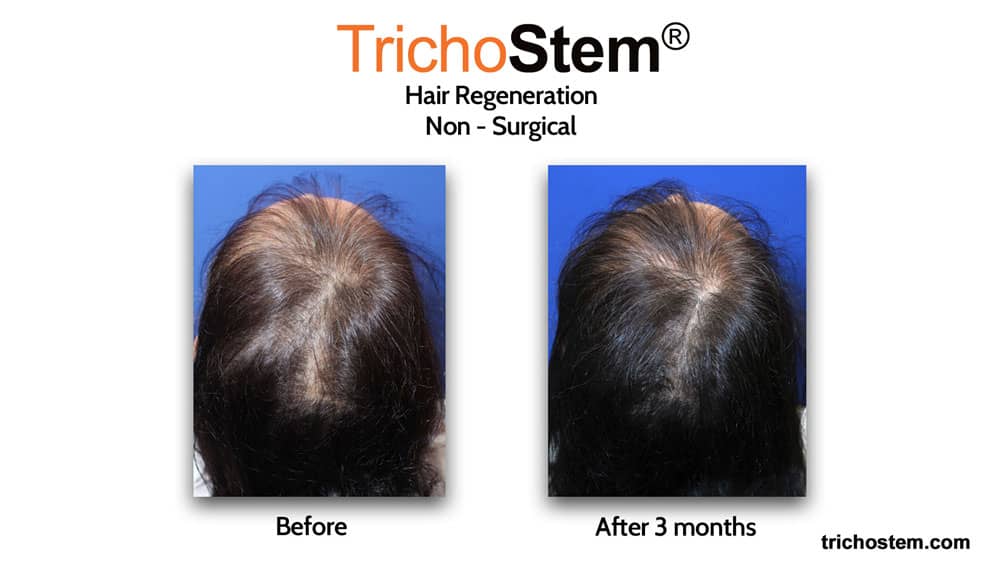16 Vs 36 Pin For Hair Loss
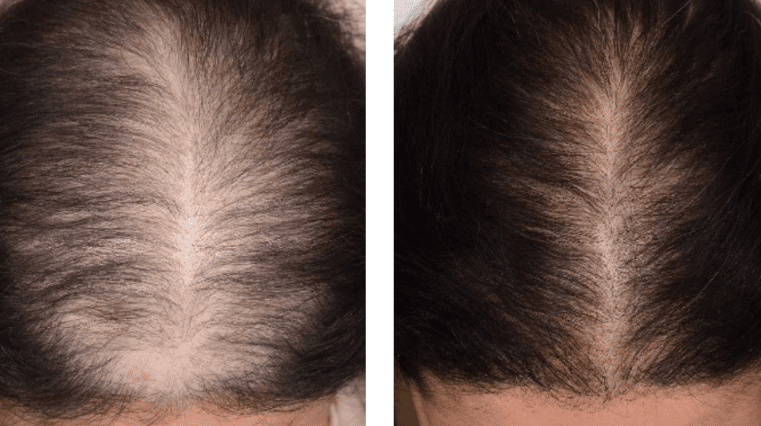
The field of hair restoration is constantly evolving, offering individuals experiencing hair loss a growing range of treatment options. Among these, two techniques involving micro-needling with targeted drug delivery have gained traction: procedures utilizing 16-pin and 36-pin devices.
While both aim to stimulate hair growth and improve scalp health, understanding the nuances of each method is crucial for both practitioners and patients. This article explores the key differences between 16-pin and 36-pin approaches in hair loss treatment, examining their mechanisms, applications, and potential benefits.
Understanding the Technology
Both 16-pin and 36-pin devices operate on the principle of micro-needling, creating tiny, controlled injuries on the scalp. These micro-injuries trigger the body's natural healing response, stimulating collagen production and improving blood circulation to the hair follicles.
Importantly, these devices also serve as a vehicle for delivering topical medications, such as minoxidil or finasteride, directly to the targeted area. This localized delivery minimizes systemic side effects and maximizes the therapeutic impact on the hair follicles.
Key Differences: Needle Density and Treatment Area
The primary distinction between the two methods lies in the number of needles within the device. A 16-pin device utilizes fewer needles compared to a 36-pin device.
This difference in needle density influences the treatment area covered with each application. The 36-pin device can theoretically treat a larger surface area in a shorter amount of time, as it creates more micro-channels simultaneously.
Conversely, the 16-pin device may offer greater precision in targeting specific areas of the scalp, particularly in cases requiring localized treatment.
Treatment Depth and Medication Delivery
While both devices allow for adjustable needle depths, the optimal depth may vary depending on the individual's scalp condition and the specific medication being delivered. Deeper penetration can enhance drug delivery but also increase the risk of discomfort and potential side effects.
The choice between 16 and 36 pins might also affect the concentration of medication delivered to each micro-channel. With 36 pins, the same amount of medication is distributed across a larger number of channels, potentially leading to a lower concentration per channel compared to the 16-pin approach.
Considerations for Practitioners and Patients
Choosing between 16-pin and 36-pin devices requires careful consideration of several factors. These include the patient's specific hair loss pattern, scalp sensitivity, pain tolerance, and the desired treatment area.
Practitioners should also consider their own level of experience and familiarity with each device. A thorough understanding of scalp anatomy and the principles of micro-needling is essential for safe and effective treatment.
Patients should engage in open communication with their healthcare provider to discuss the potential benefits and risks of each approach. Informed consent is paramount, ensuring that patients are fully aware of the procedure, expected outcomes, and potential complications.
Potential Benefits and Risks
Both 16-pin and 36-pin micro-needling can stimulate hair growth, improve scalp health, and enhance the absorption of topical medications. Some studies suggest that micro-needling, in general, can increase hair density and thickness.
However, potential risks include scalp irritation, redness, swelling, and temporary discomfort. Infection is a rare but serious complication that can occur if proper hygiene protocols are not followed.
It's critical to seek treatment from qualified and experienced professionals who adhere to strict safety guidelines. Patients with certain medical conditions, such as bleeding disorders or active scalp infections, may not be suitable candidates for micro-needling.
The Importance of Clinical Evidence
While anecdotal evidence and preliminary studies suggest the potential benefits of both 16-pin and 36-pin micro-needling, more rigorous clinical trials are needed to definitively compare their efficacy. Future research should focus on standardized protocols, objective outcome measures, and long-term follow-up.
Specifically, studies should investigate the optimal needle depth, treatment frequency, and medication combinations for each device. Comparing the outcomes of 16-pin versus 36-pin treatments on specific types of hair loss, such as androgenetic alopecia, would also be beneficial.
Furthermore, exploring the potential synergistic effects of micro-needling with other hair loss treatments, such as laser therapy or platelet-rich plasma (PRP) injections, warrants further investigation.
Conclusion
The choice between 16-pin and 36-pin micro-needling for hair loss depends on individual patient factors, practitioner expertise, and the specific treatment goals. Both methods offer a promising approach to stimulating hair growth and improving scalp health through micro-needling and targeted drug delivery.
Ultimately, a well-informed decision, based on a thorough understanding of the technology, potential risks and benefits, and a careful assessment of the patient's individual needs, is essential for achieving optimal outcomes. Continued research and clinical evidence are crucial for further refining these techniques and establishing their role in the evolving landscape of hair restoration.



